In the complex web of backyard ecosystems, few creatures work as tirelessly and effectively as lizards to keep insect populations in check. These often-overlooked reptiles serve as nature’s pest control specialists, consuming thousands of insects throughout their lives while asking little in return. From the common garden skink to the striking green anole, lizards form a critical line of defense against potential insect outbreaks in our gardens, farms, and natural landscapes. Their role extends far beyond simple predation—lizards help maintain ecological balance, reduce the need for chemical pesticides, and support healthy biodiversity in our immediate surroundings. Let’s explore why these scaly neighbors deserve not just our tolerance, but our active appreciation and protection.
The Voracious Appetite of Lizards
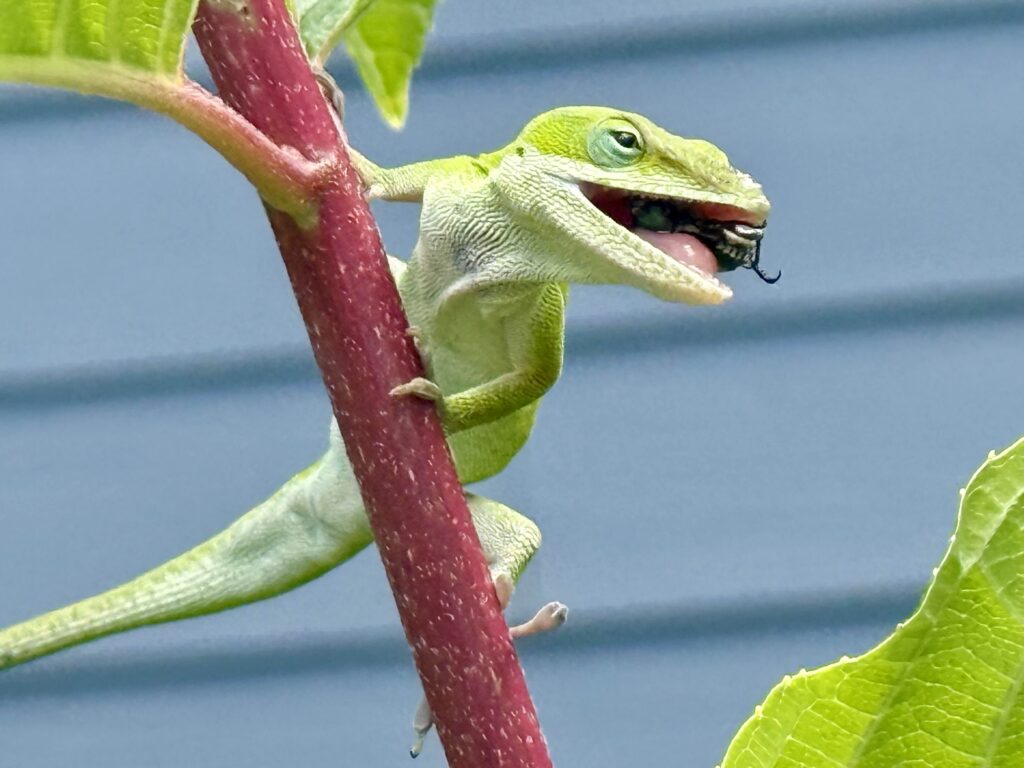
Lizards possess remarkably efficient metabolisms that require constant fueling, particularly during warm months when they’re most active. A single backyard lizard can consume dozens of insects daily, with larger species capable of eating hundreds of small invertebrates in just one week. This impressive consumption rate directly translates to fewer pest insects in gardens and around homes. Most impressively, lizards don’t discriminate between pest types—they eagerly consume mosquitoes, flies, ants, cockroaches, and various agricultural pests that might otherwise damage crops or spread disease. Their hunting strategy typically involves patient waiting followed by explosive bursts of speed, allowing them to capture even the quickest insects with remarkable precision.
Natural Pest Control Without Chemicals
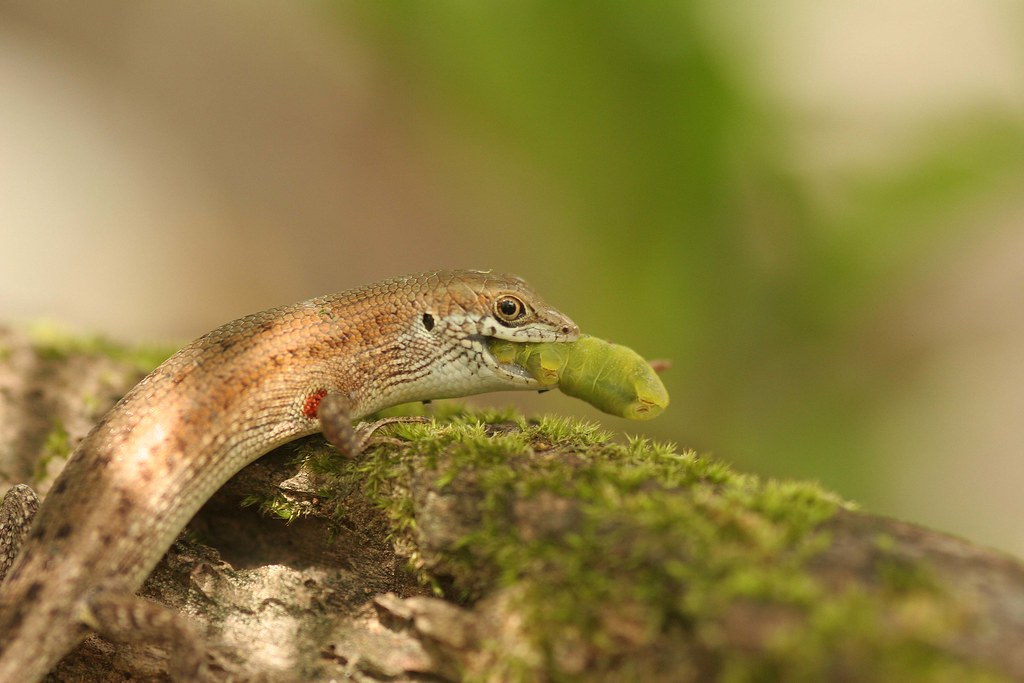
One of the most significant benefits of lizard populations is their ability to provide pest management without the environmental downsides of chemical interventions. Unlike pesticides that can contaminate soil, water sources, and harm beneficial insects, lizards target only the prey they consume with no collateral damage to the ecosystem. This natural form of pest control operates 24/7 during active seasons, requiring no human intervention or application schedules. Many gardeners and farmers have recognized this benefit, deliberately creating lizard-friendly habitats as part of integrated pest management strategies. The economic value of this free service is substantial—reducing both the financial cost of pest control products and the environmental cost of chemical runoff.
Specialized Hunting Techniques
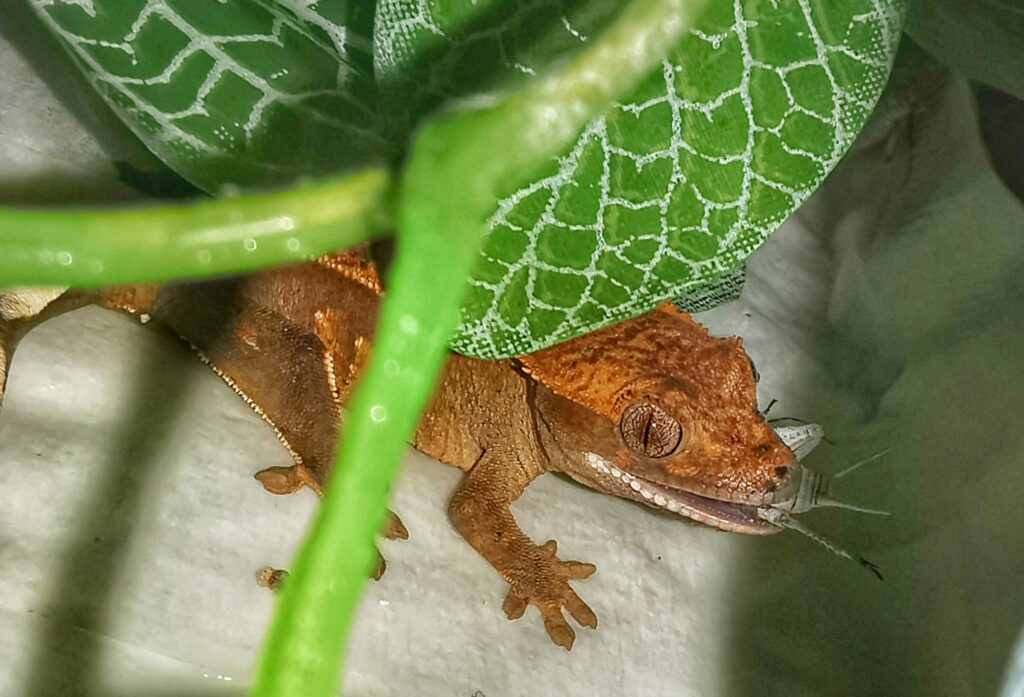
Lizards have evolved a diverse array of hunting strategies that make them exceptionally efficient insect predators in various microhabitats. Some species, like geckos, have specialized toe pads that allow them to climb vertical surfaces and even ceilings, accessing insect populations that ground-dwelling predators cannot reach. Other lizards employ ambush tactics, remaining motionless for extended periods before striking with lightning speed when prey ventures too close. Many species have developed keen vision specifically attuned to detecting the slightest movements of small invertebrates, even in low-light conditions. This specialization means that different lizard species can effectively control insects in different niches within the same ecosystem, creating a comprehensive network of pest management.
Targeting Disease Vectors
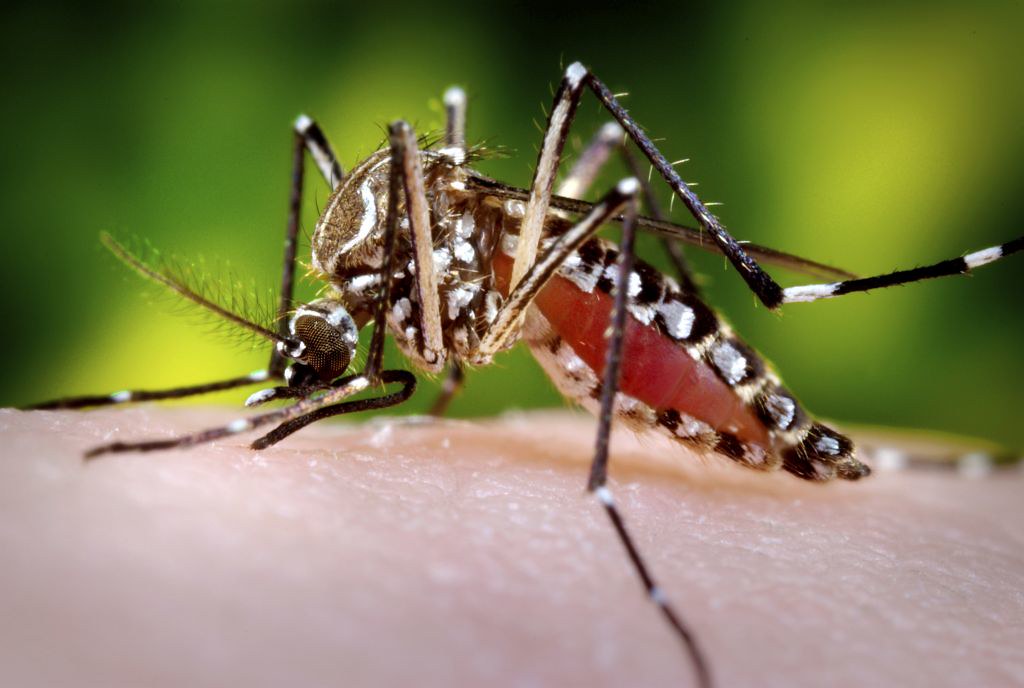
Beyond general pest control, lizards play a crucial role in reducing populations of insects that transmit diseases to humans and animals. Mosquitoes, ticks, and flies feature prominently in the diets of many lizard species, directly reducing the vectors that spread malaria, dengue fever, Lyme disease, and other serious illnesses. This natural control mechanism becomes increasingly important as climate change extends the range of many disease vectors into new regions.
Research has demonstrated correlations between healthy lizard populations and reduced incidence of certain vector-borne diseases in tropical and subtropical regions. In some areas, public health officials have even incorporated lizard habitat preservation into broader disease prevention strategies, recognizing their value in comprehensive community health approaches.
Agricultural Allies in Food Production
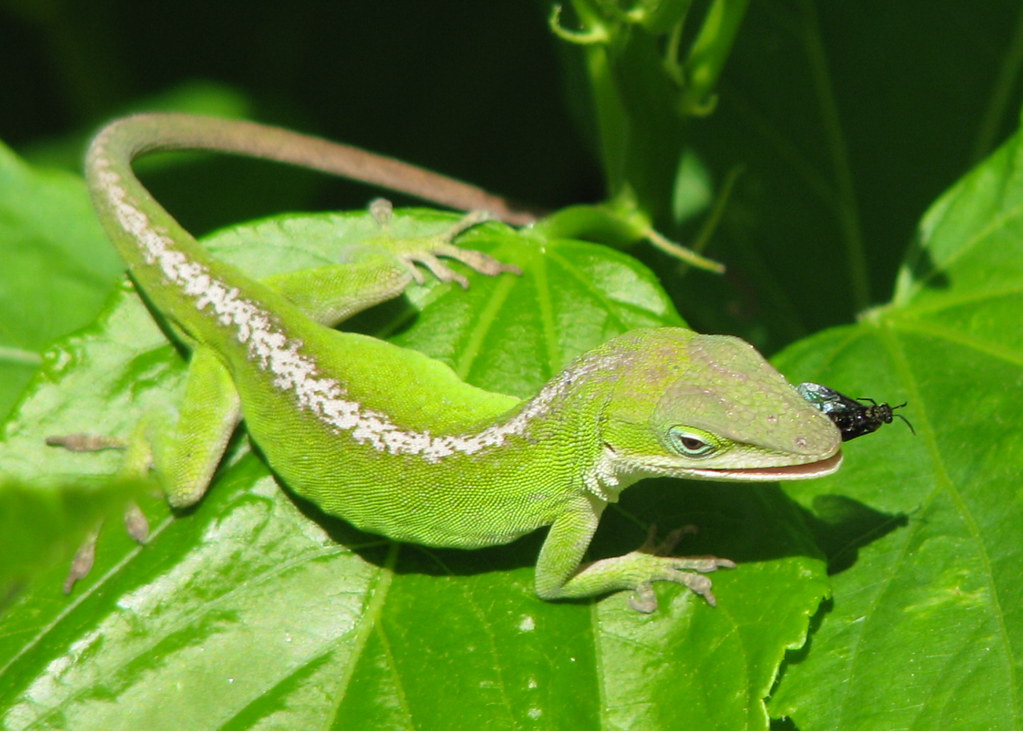
Farmers increasingly recognize lizards as valuable allies in sustainable agricultural practices, particularly in organic growing systems. These reptiles target many of the most problematic crop pests, including aphids, caterpillars, beetles, and grasshoppers that can devastate harvests if left unchecked.
Unlike birds, which may also consume beneficial insects like pollinators, lizards focus primarily on pest species, providing a more selective form of biological control. Some agricultural regions have documented significant reductions in crop damage when fields maintain habitat corridors that support healthy lizard populations. The economic benefit translates directly to reduced crop losses and decreased reliance on expensive chemical interventions that might otherwise be necessary.
Ecological Balance Through Population Regulation
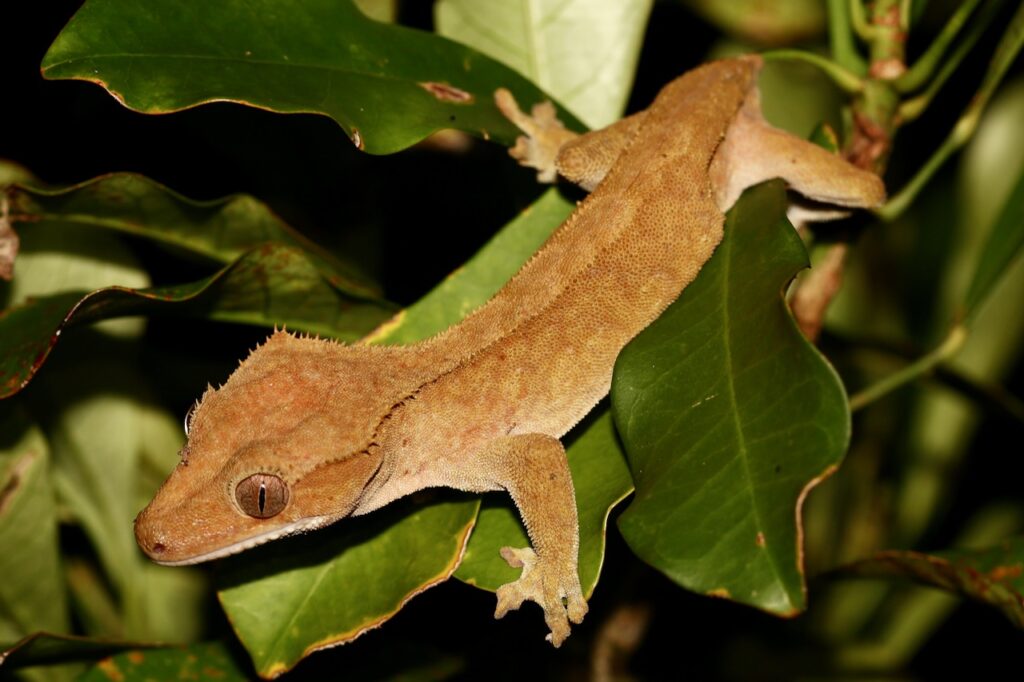
The relationship between lizards and insects exemplifies the concept of population regulation through predator-prey dynamics. By consuming large quantities of insects, lizards prevent explosive population growth that could otherwise lead to ecological imbalance and potential damage to plant communities. This regulatory function becomes particularly important during seasonal insect emergence events when large numbers of prey suddenly become available. The presence of established lizard populations creates a buffer against these potential population explosions, maintaining a more stable equilibrium in the ecosystem. Over time, this stability supports greater biodiversity and resilience against environmental stressors.
Adaptability to Human Environments
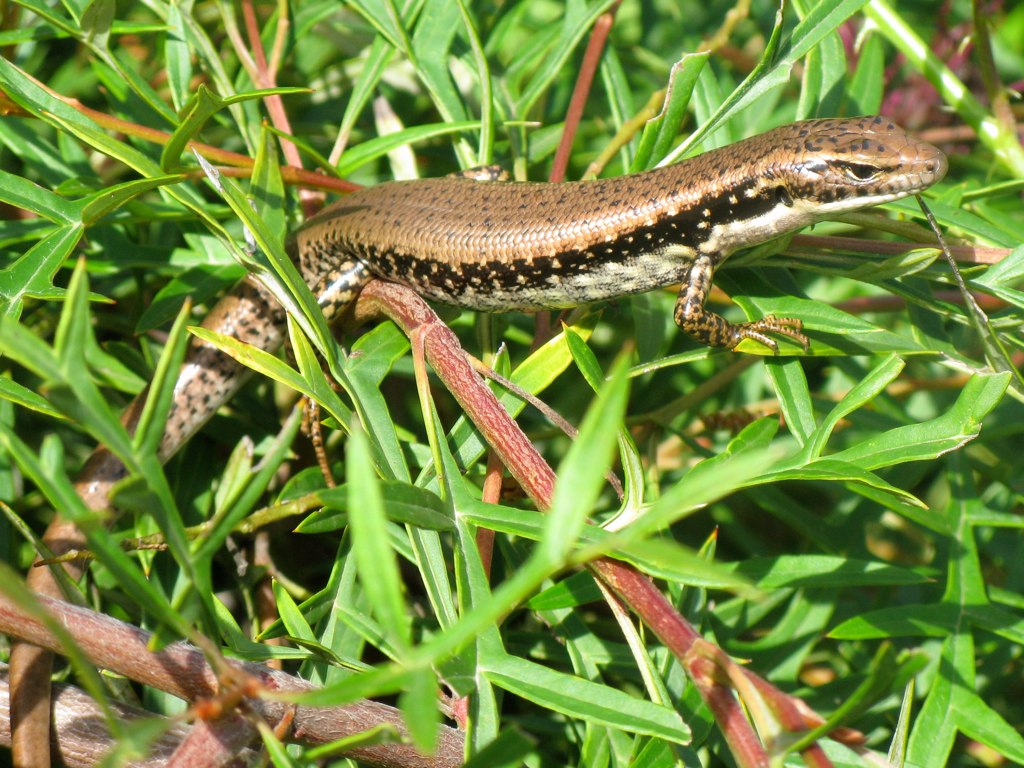
Many lizard species demonstrate remarkable adaptability to human-modified landscapes, making them particularly valuable for insect control in residential and urban areas. Species like house geckos have successfully colonized buildings worldwide, where they consume cockroaches, spiders, and other unwelcome household insects. Garden skinks thrive in suburban yards, controlling pests without requiring special accommodations or care from homeowners.
This adaptability means that lizards can provide pest control services even in highly developed areas where other natural predators may be absent. Their tolerance for human proximity makes them one of the few wild predators that can effectively bridge the gap between natural ecosystems and built environments.
Creating Lizard-Friendly Habitats
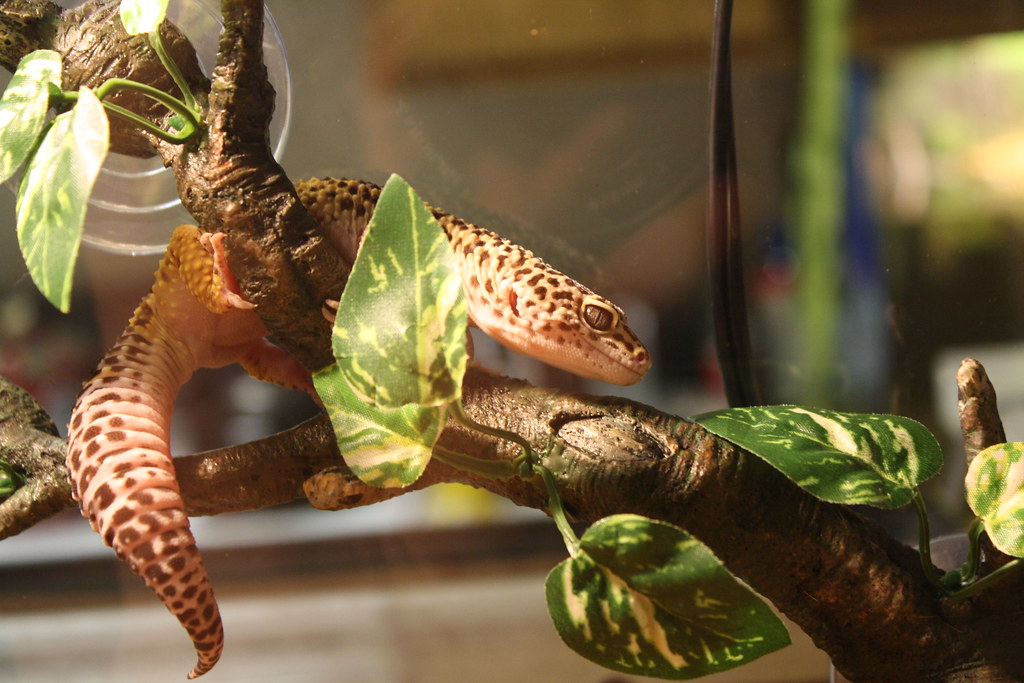
Homeowners and land managers can actively enhance lizard populations by implementing simple habitat improvements that encourage these beneficial reptiles to take up residence. Rock piles, log stacks, and dense native plantings provide essential shelter and basking sites that lizards require to regulate their body temperature effectively. Reducing or eliminating pesticide use is critical, as these chemicals can directly harm lizards or deplete their food sources.
Maintaining leaf litter and natural mulch creates microhabitats for both lizards and the insects they hunt, establishing a sustainable predator-prey relationship. Even small changes, like leaving sections of the yard less manicured, can significantly increase the carrying capacity for these valuable insect predators.
Challenges to Lizard Populations
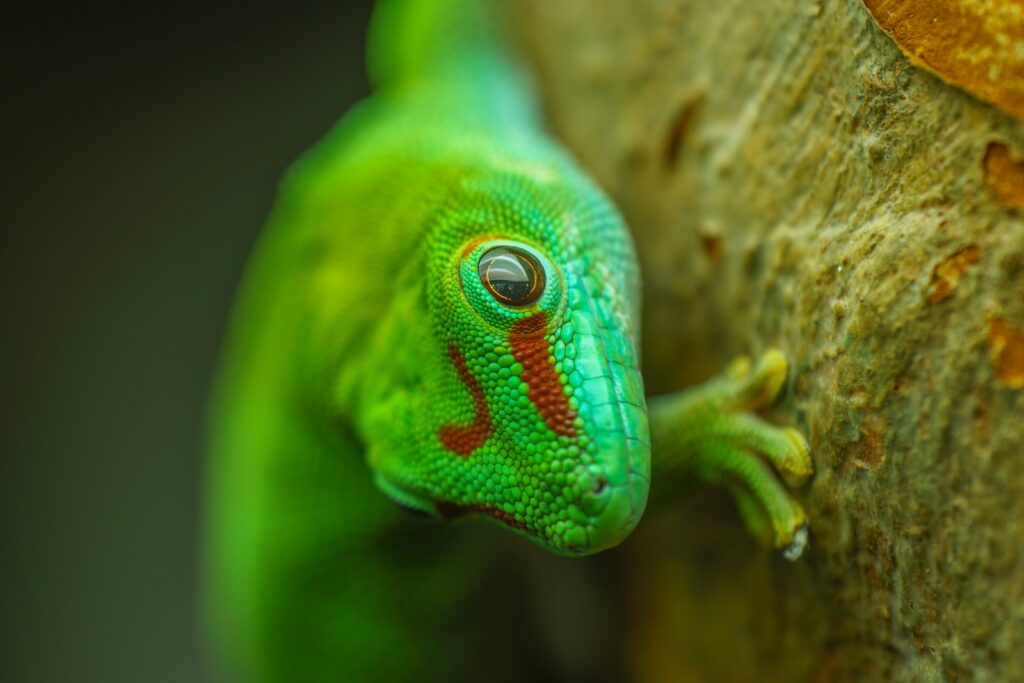
Despite their ecological importance, lizard populations face numerous threats that have led to declining numbers in many regions. Habitat loss and fragmentation rank among the most serious challenges, as development eliminates the shelter and hunting grounds these reptiles require. Climate change presents another significant threat, as many lizard species have narrow temperature tolerances that limit their ability to adapt to rapidly warming environments.
Predation by domestic cats and invasive species has devastated lizard populations in some areas, disrupting their insect control services. Chemical pesticides pose a double threat—directly poisoning lizards and eliminating their food sources, creating a downward spiral that can be difficult to reverse.
Lizards vs. Chemical Alternatives
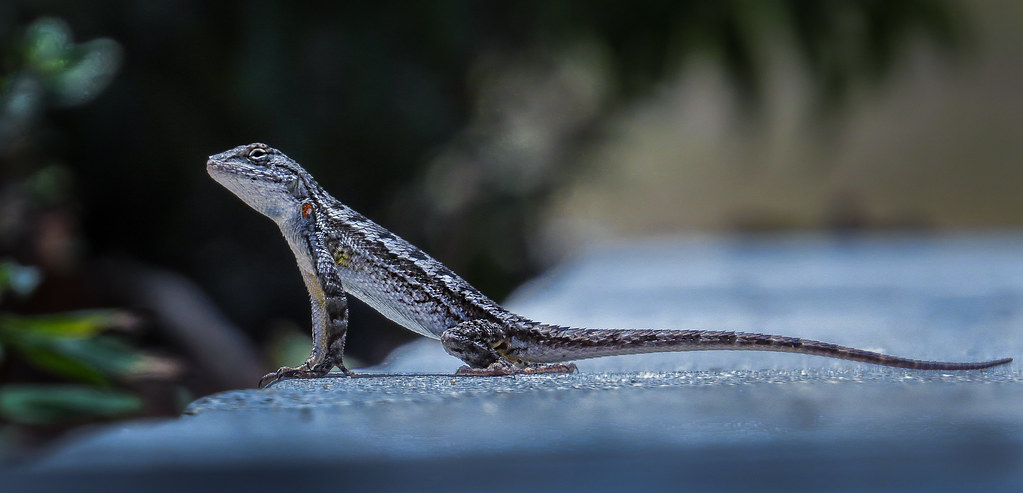
When comparing the effectiveness of lizards to chemical pest control methods, several advantages become apparent for these natural predators. Unlike pesticides that must be repeatedly applied and often lose effectiveness as insects develop resistance, lizards provide continuous control that adapts to changing pest populations.
Chemical methods typically kill indiscriminately, harming beneficial insects like pollinators and natural predators, while lizards target primarily pest species. The financial comparison also favors lizards—once established, these populations provide free pest control services indefinitely, whereas chemical approaches require ongoing purchases and application costs. From an environmental perspective, lizard-based pest management eliminates concerns about chemical runoff into waterways or residues on food crops.
Scientific Research Supporting Lizards’ Impact
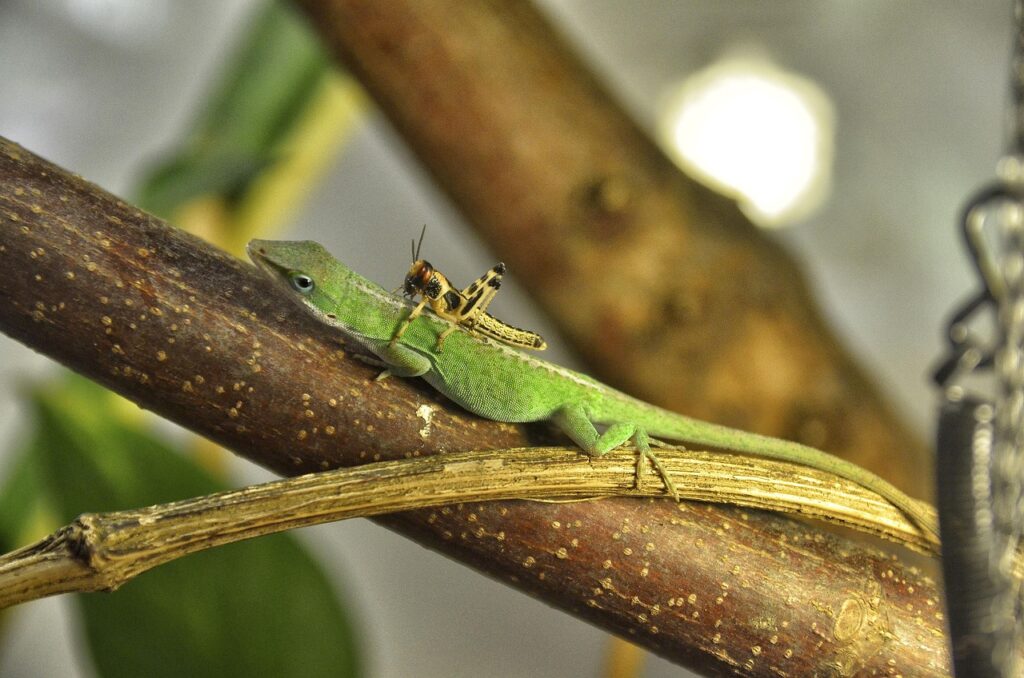
Growing scientific evidence documents the significant impact lizards have on insect populations in various ecosystems. Field studies utilizing exclusion experiments, where lizards are prevented from accessing certain areas, consistently show higher insect numbers in lizard-free zones compared to control areas. Quantitative research has demonstrated that a single anole lizard can consume over 200 small insects daily during peak activity periods.
Scientists studying agricultural systems have documented reduced crop damage and higher yields in fields with healthy lizard populations compared to similar fields where lizards were scarce. Meta-analyses combining results from multiple studies suggest that lizards may be responsible for consuming 5-20% of the total insect biomass in some ecosystems—a remarkable impact for a group of animals often overlooked in conservation planning.
Global Diversity of Insect-Controlling Lizards
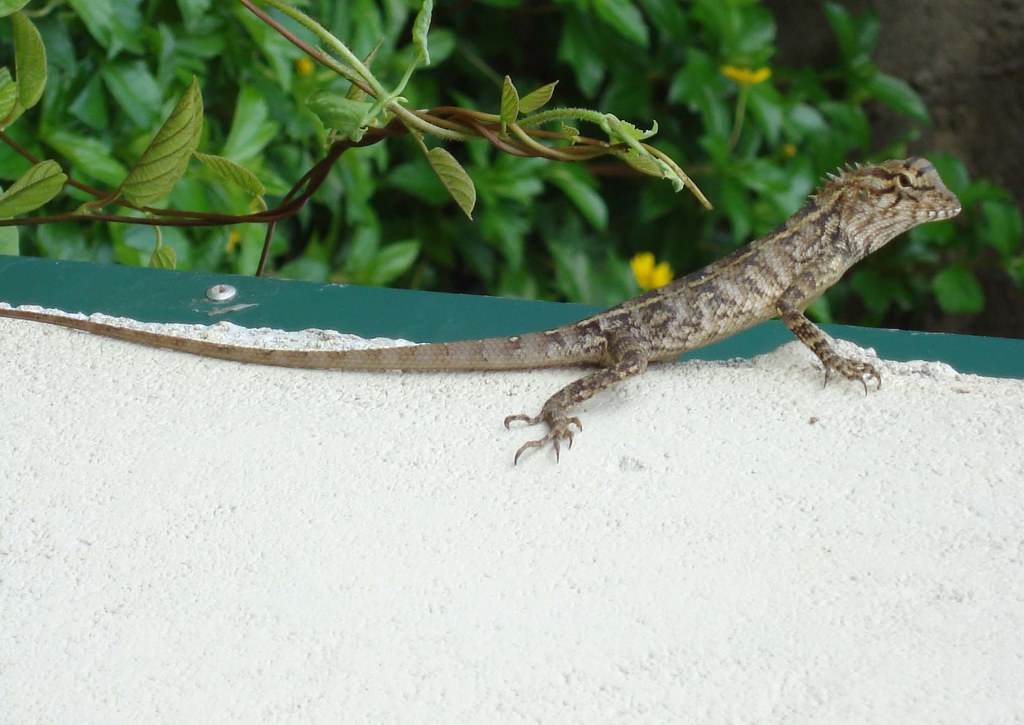
The role of lizards in insect control manifests across a remarkable diversity of species worldwide, with each region hosting specialized insectivores adapted to local conditions. In Mediterranean climates, wall lizards and ocellated lizards patrol gardens and agricultural areas, consuming countless insects that might otherwise damage crops or become household pests.
Tropical regions host an even greater diversity, from tiny day geckos that hunt among flower blossoms to monitor lizards that consume larger insects along with other prey. Desert ecosystems rely on specially adapted species like horned lizards and skinks that can tolerate extreme conditions while still providing pest control services. This global distribution ensures that nearly every inhabited region benefits from some form of lizard-based insect control, though the specific species involved may vary dramatically.
Conclusion: Appreciating Our Scaly Allies

The humble lizard deserves far greater recognition for its tireless work in controlling insect populations across landscapes worldwide. These efficient predators provide a sustainable, chemical-free approach to pest management that benefits ecosystems, agriculture, and human health simultaneously. By creating lizard-friendly habitats and reducing threats to their populations, we can enhance this natural service while supporting biodiversity conservation.
Next time you spot a lizard darting across your garden path or basking on a sunny wall, take a moment to appreciate the thousands of pest insects it will consume throughout its lifetime—a reminder that some of our most valuable allies in maintaining ecological balance come in surprisingly small packages. As we face growing challenges from climate change and increasing pest pressures, the role of lizards as nature’s pest control specialists becomes not just beneficial but essential to sustainable environmental management.

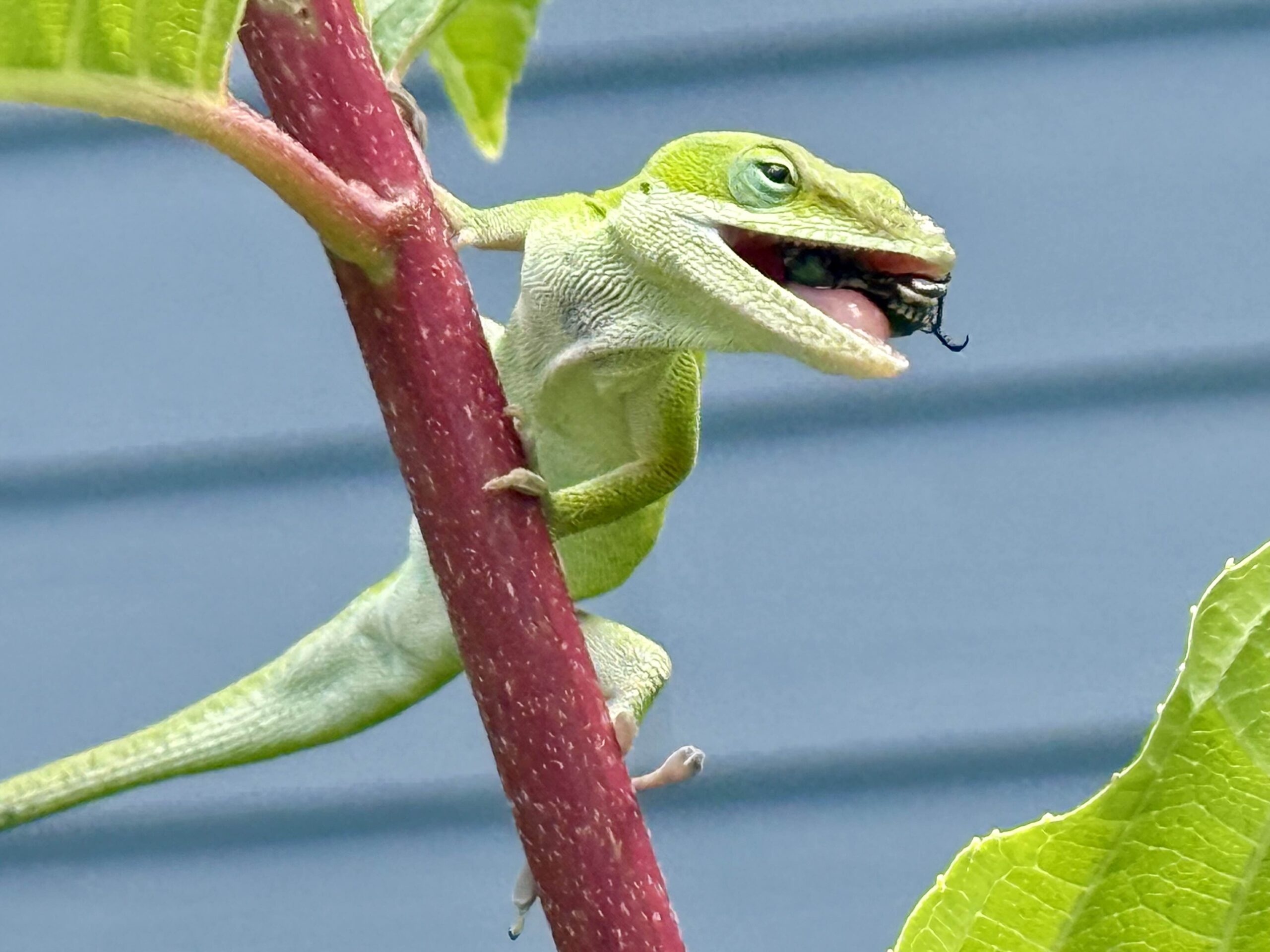
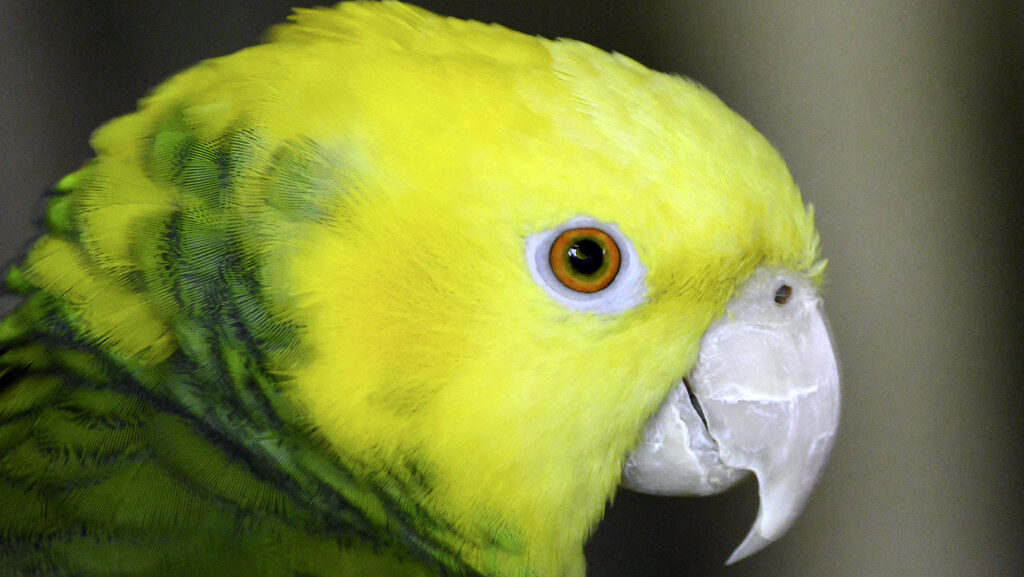
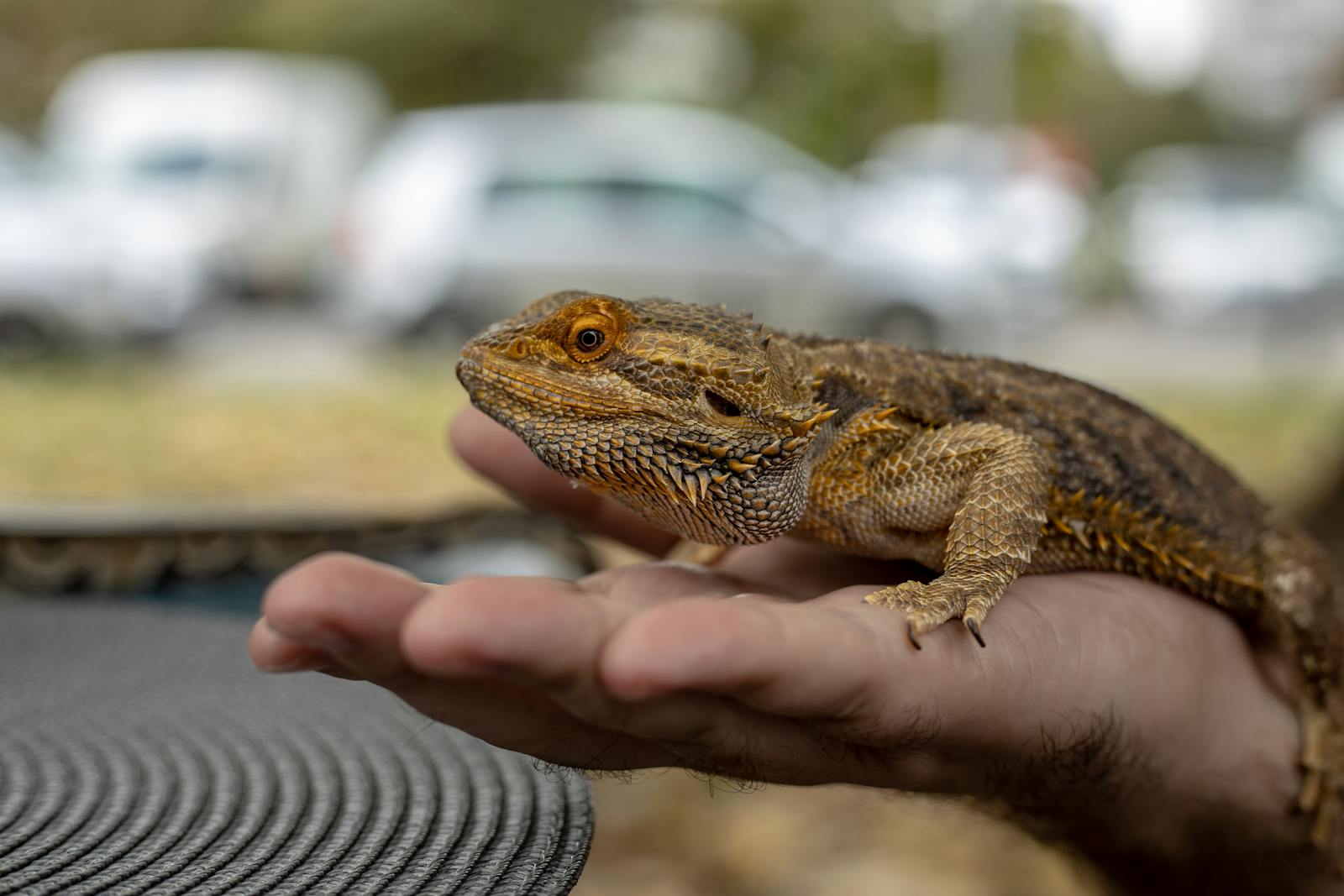
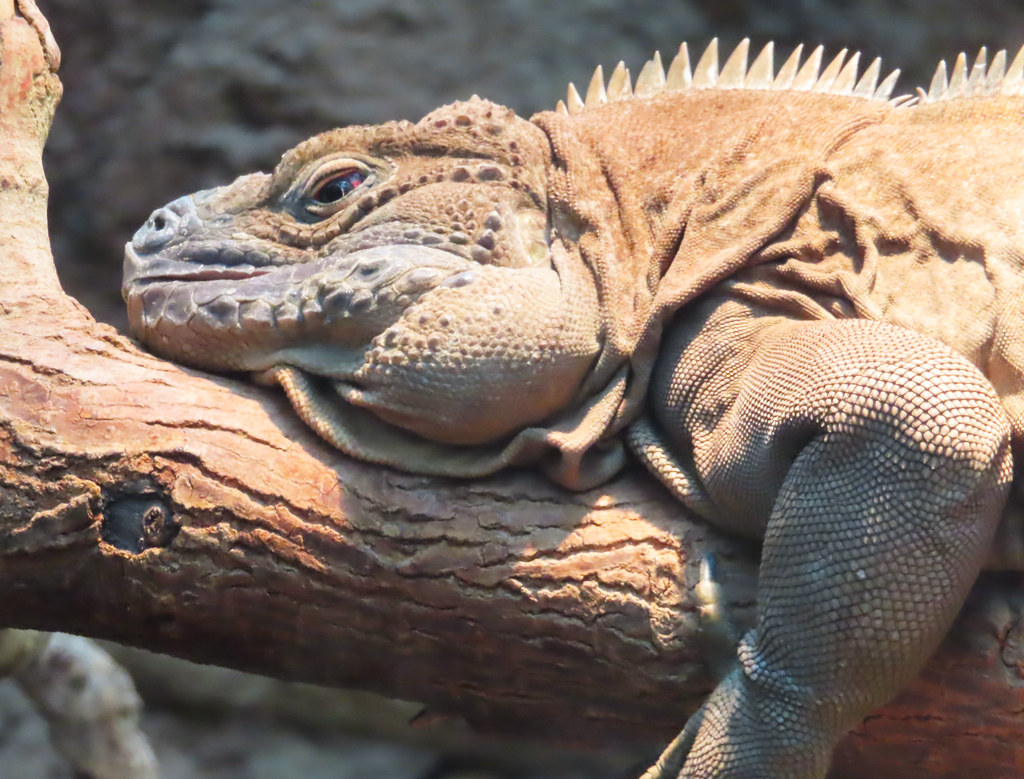
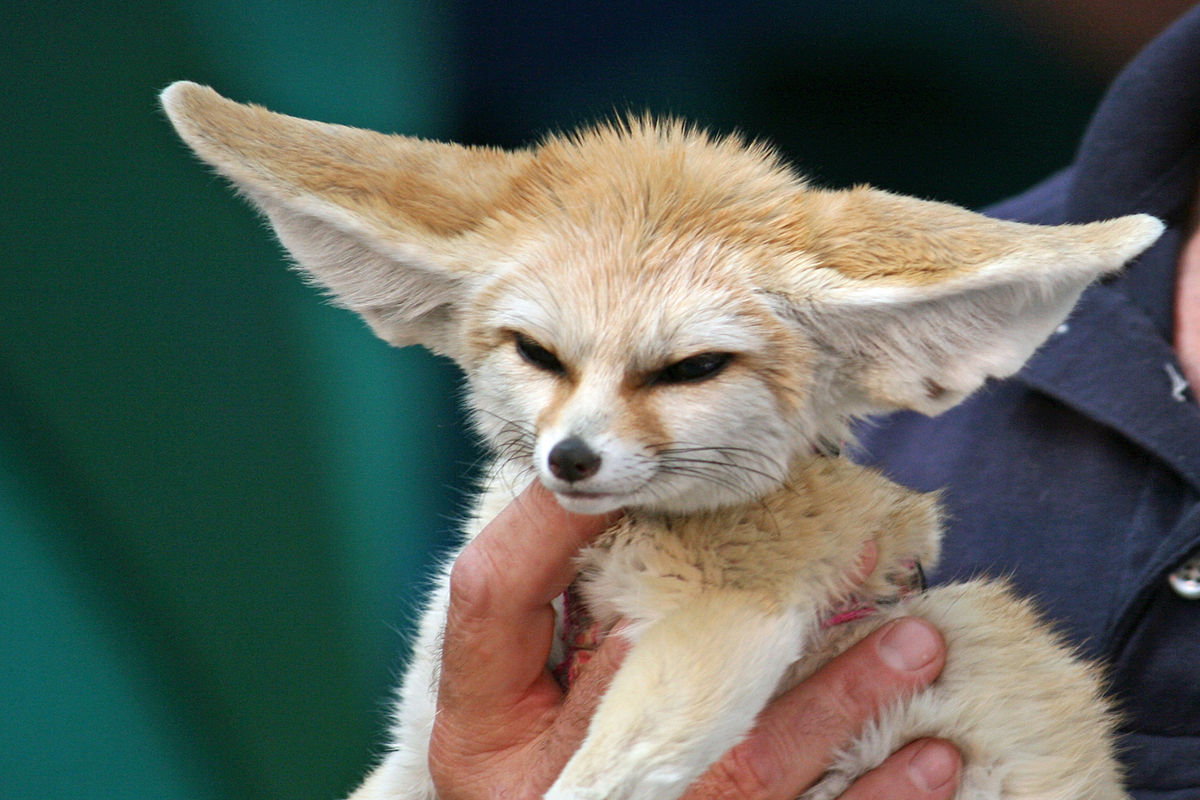
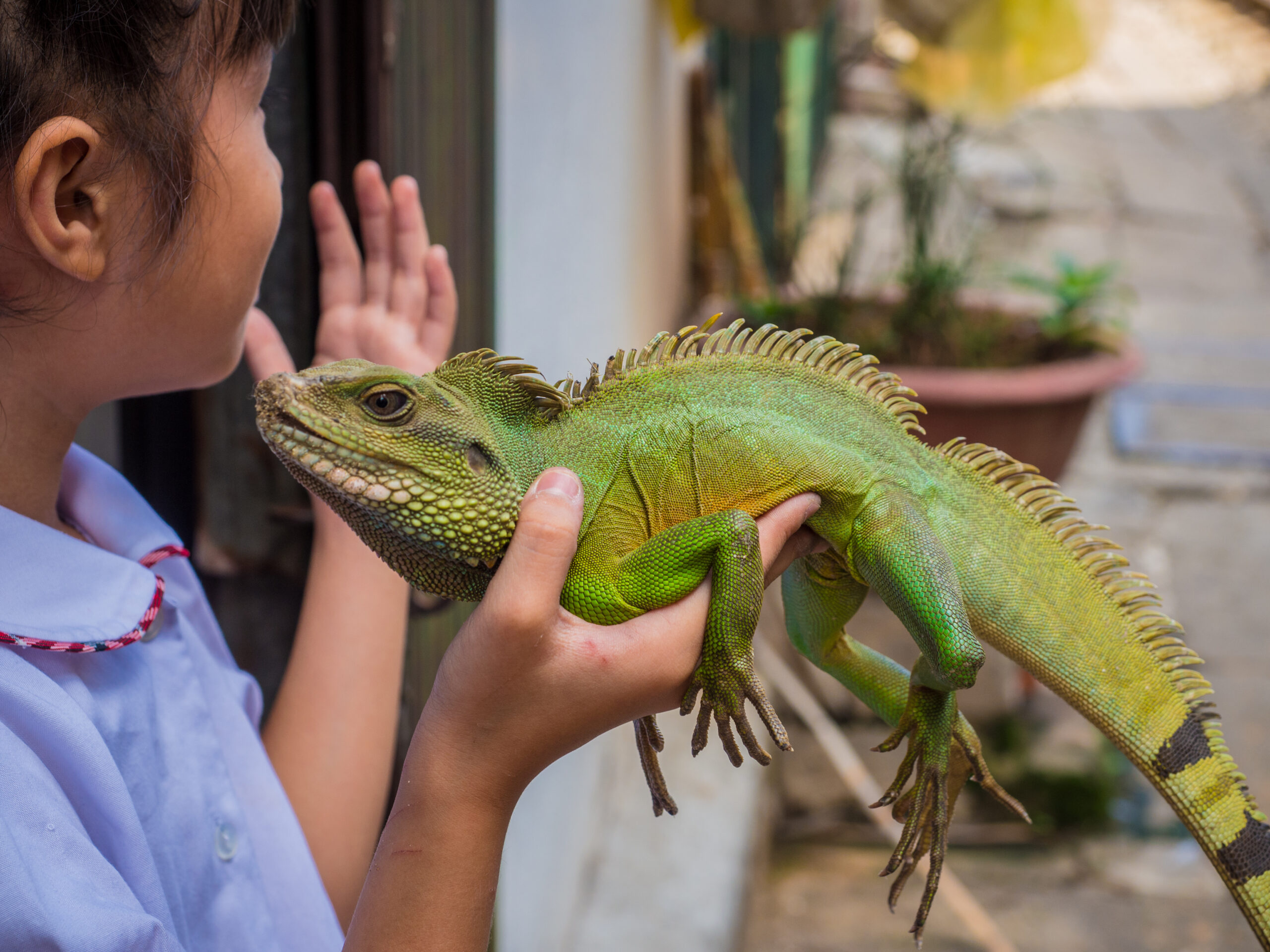
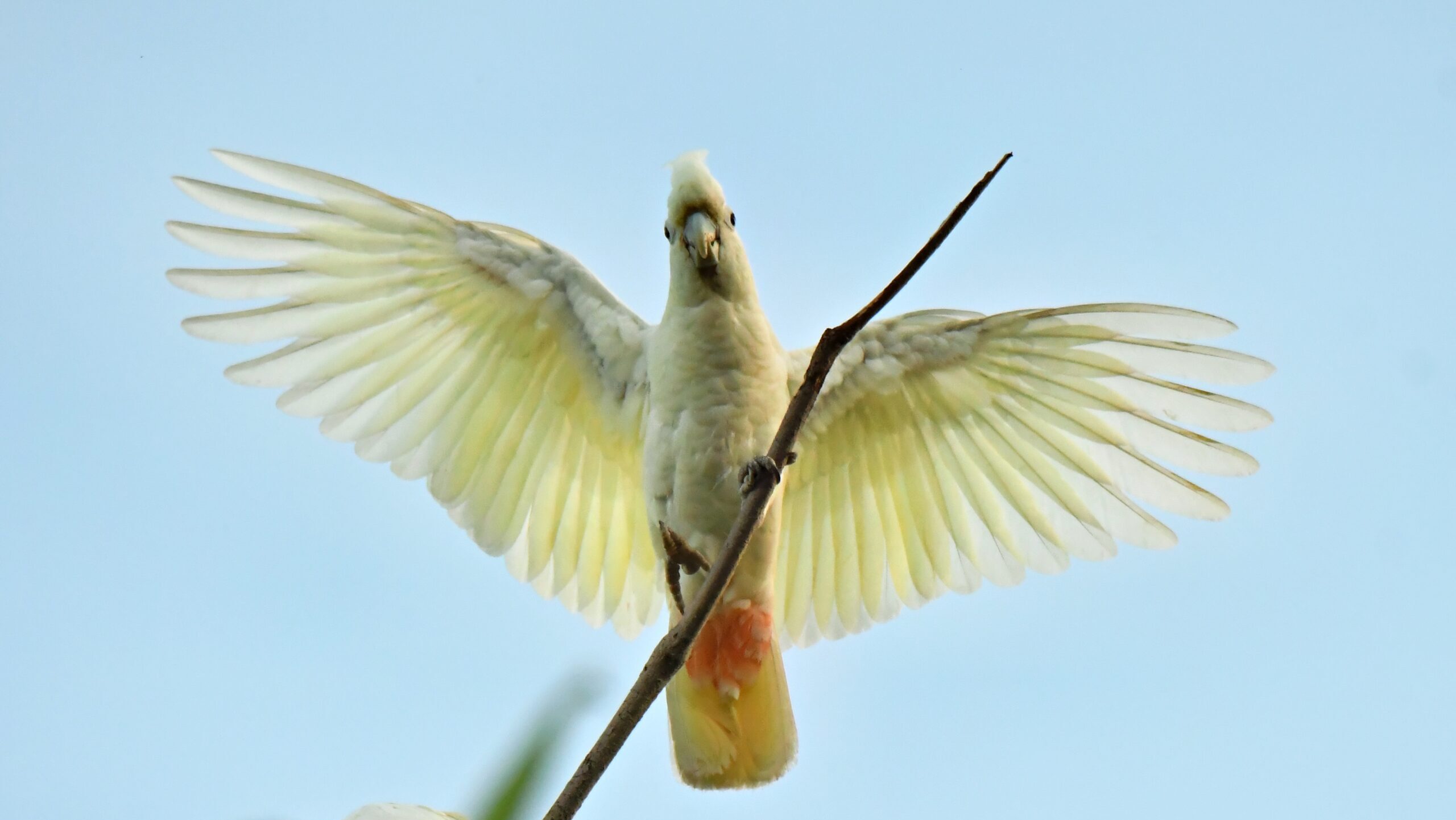

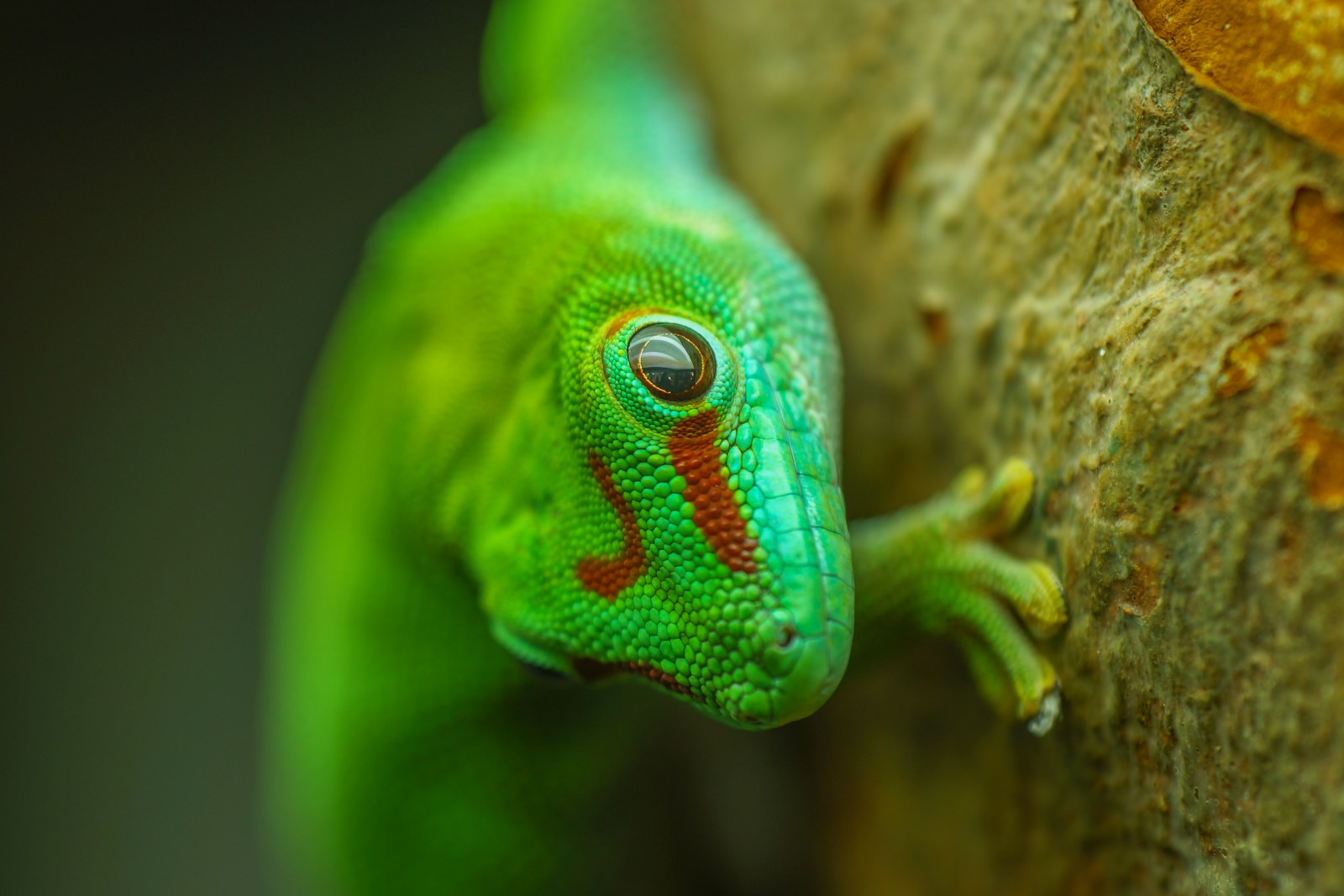

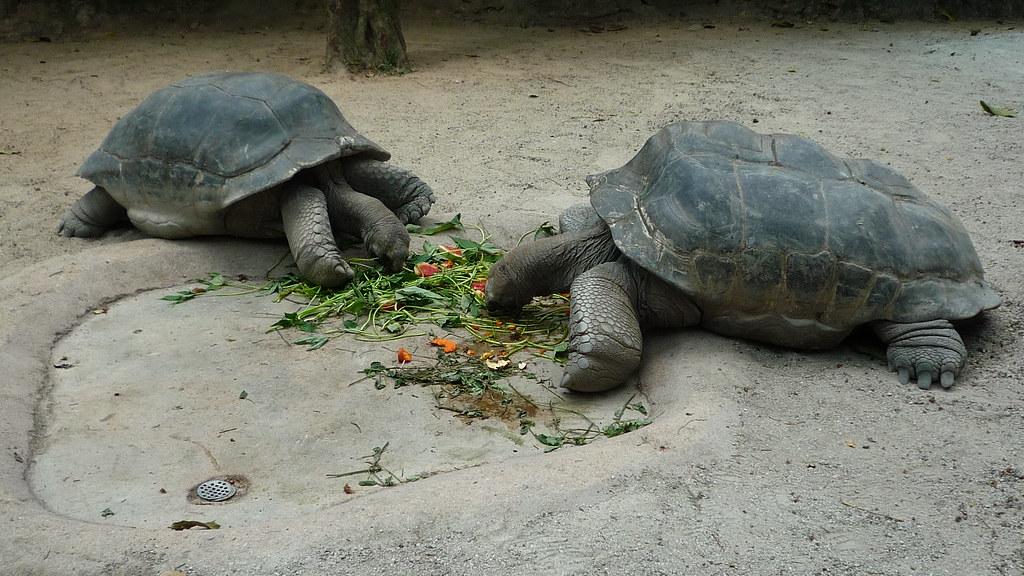




Leave a Reply